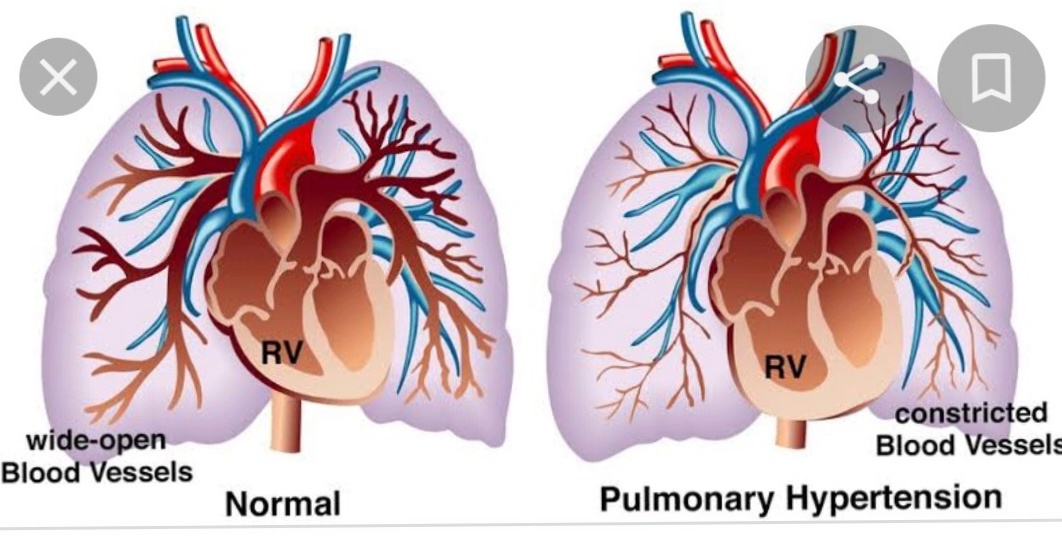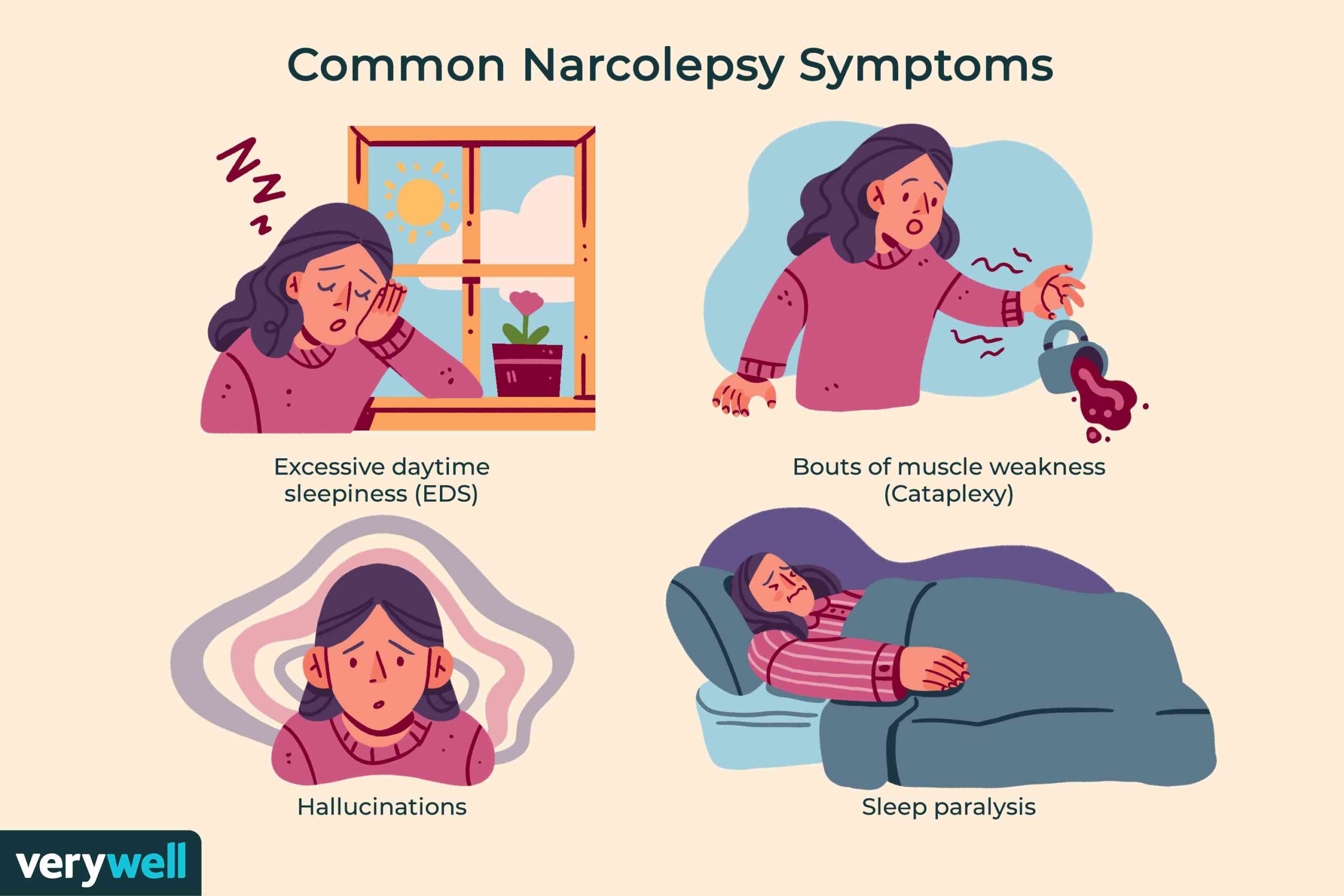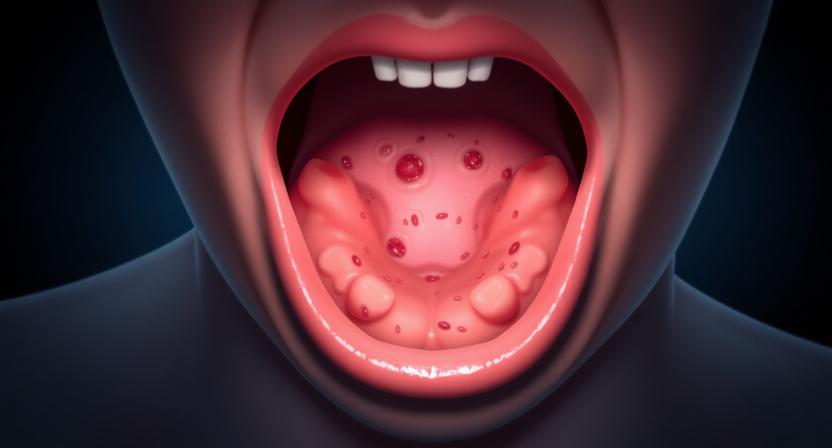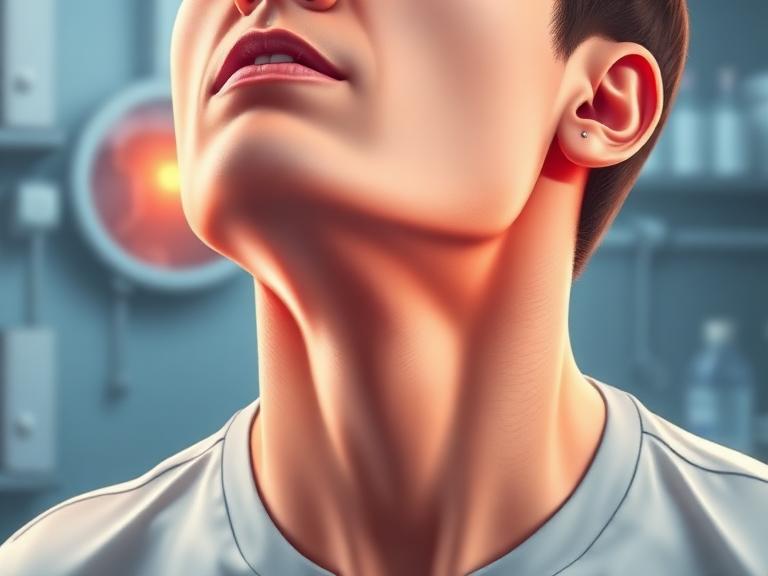How can I remove ear wax at home?-various-aspects-


To safely eliminate earwax at home, soak the wax with warm oil or a saline solution, then gently rinse it out with warm water using a bulb syringe. Avoid using cotton swabs or other objects, as they can push the wax further in.
If any patient of Ear requires any problem, opd consultation or online consultation in clinic of ENT specialist Doctor Dr Sagar Rajkuwar ,he may contact him at the following address-
Prabha ENT clinic, plot no 345,Saigram colony, opposite Indoline furniture Ambad link road, Ambad ,1 km from Pathardi phata Nashik ,422010, Maharashtra, India-Dr Sagar Rajkuwar (MS-ENT), Cell no- 7387590194 , 9892596635
Issued in public interest by –
Here’s a more detailed breakdown:
1. Soften the Earwax:
Warm Oil:
Apply a few drops of warm mineral oil, olive oil, or baby oil in the ear canal multiple times a day for several days to soften the wax.
Saline Solution:
Combine a small amount of baking soda in warm water and use a dropper to place it into the ear canal.
Hydrogen Peroxide:
Dilute hydrogen peroxide with water and apply it as ear drops, adhering to the instructions on the product label.
2. Flush the Ear Canal:
Warm Water:
After softening the wax, gently flush the ear canal with warm water using a bulb syringe.
Positioning:
Tilt your head to one side and direct the water into the ear canal, then allow the water and wax to drain out.
Gentle Flushing:
Refrain from forceful flushing, as it may harm the eardrum.
3. Dry Your Ear:
Gently Dry:
Use a clean towel to softly dry the exterior of your ear after flushing.
To view detailed video on ear cleaning by ENT-Ear ,nose ,throat specialist doctor pl click on the link given below or you can copy paste this link in google search-
Important Considerations:
Avoid Cotton Swabs:
Do not attempt to remove earwax with cotton swabs or other items, as they may push the wax deeper and damage the eardrum.
Consult a Doctor:
If you experience persistent earwax accumulation, discomfort, or other ear-related issues, seek advice from a doctor.
Follow Instructions:
Always adhere to the instructions on the product label when using earwax removal products.
Don’t Overdo It:
Avoid excessive irrigation of your ears, as this could lead to irritation or infection.
Use Warm Water:
Ensure that the water used for flushing is warm, not hot or cold, because extreme temperatures can induce dizziness.
Earwax Removal Home Remedies
You generally do not have to eliminate earwax, although certain home remedies, such as irrigation, might assist in minimizing buildup. Extraction of earwax can lead to side effects, including harm to the ear canal.
Earwax (cerumen) is formed within our ear canals. Its existence is typically natural and healthy. However, sometimes, earwax accumulation can be uncomfortable, unattractive, and, in some instances, may temporarily interfere with your hearing.
While there are over-the-counter products available for earwax drainage, a number of household items can also be utilized to eliminate excess wax from your outer ear canals.
Should you clean your ears?
In a 2018 study involving 206 college students, most of them engaged in ear-cleaning practices. 75% believed this practice was beneficial to their health.
However, the reality is that it’s not necessary to clean earwax from your ears. Earwax is not dirt. Earwax has an essential role: it lubricates and safeguards your ears. It even helps lower your risk of ear infections due to its antibacterial qualities.
The hazards associated with removing earwax may surpass the possible advantages. Clearing earwax with a cotton swab can injure or irritate the ear canal or even puncture the eardrums.
If you use an instrument to eliminate visible earwax, you might also risk pushing the earwax further into your ears. Over time, this could result in earwax impaction (blockages).
Home remedies for earwax removal
You should refrain from attempting to extract earwax if you have:
- tinnitus
- ear surgery
- an ear infection
- a perforated eardrum
- any other ear complications
In such cases, you ought to consult your doctor for assistance with earwax removal.
Moreover, if you experience pain or discomfort at any point during any of these processes, stop right away and reach out to your doctor.
Baking soda
You are able to eliminate earwax at home utilizing baking soda:
- Dissolve 1/2 teaspoon of baking soda in 2 ounces of warm water.
- If you possess a dropper bottle, transfer the solution into it.
- Tilt your head to the side and gently place 5 to 10 drops of the solution into your ear, one drop at a time.
- Allow the solution to remain in the ear for as long as 1 hour, then rinse with water. Perform this once a day until the earwax clearance occurs.
- It might happen within a few days. Do not continue this for more than 2 weeks.
For update on further important health related topics and frequently asked questions on health topics by general population please click on the link given below to join our WhatsApp group –
https://chat.whatsapp.com/Lv3NbcguOBS5ow6X9DpMMA
Issued in public interest by –
How to remove earwax with hydrogen peroxide
You can eliminate earwax at home using 3% hydrogen peroxide or a 50-50 mixed solution of hydrogen peroxide and water.
- Tilt your head to the side and introduce 5 to 10 drops of hydrogen peroxide into your ear.
- Maintain your head tilted for 5 minutes to enable the peroxide to penetrate the wax.
- Carry out this once a day for 3 to 14 days.
- After the hydrogen peroxide bubbles, it converts to water. To expel the water, you may gently rinse the ear canal with alcohol to dry out the moisture and prevent bacterial growth.
Soften earwax blockages with oil.
Earwax is a substance that resembles oil. Therefore, some oils can help to soften earwax when they come into contact. Advocates of this method recommend using the following oils:
- baby oil
- coconut oil
- glycerin
- mineral oil
- olive oil
To utilize oil for earwax removal:
- If you wish, slightly warm your selected oil and pour it into a dropper bottle. Avoid warming the oil in the microwave. Always check the temperature before applying it in your ear.
- Tilt your head to the side and administer a few drops of oil into your ear.
- Maintain your head tilted to the side for 5 minutes.
- Repeat this process once or twice a day.
Irrigation
At times, earwax can be removed by the gentle force of water flushing:
- Acquire a soft rubber bulb syringe designed for ear cleaning and fill it with warm water.
- Tilt your head to the side, positioning a thick towel or basin beneath the ear.
- Gently squeeze the bulb to send the warm water into your ear.
- Let the water drain onto the towel or basin.
- You can even do this over a bowl to check if any visible pieces of earwax come out.
Irrigation may be combined with any of the previously mentioned methods. Perform irrigation 5 to 15 minutes following your use of baking soda, hydrogen peroxide, or oil.
In a small trial involving 38 children, pediatricians discovered that irrigating the ears in a clinical environment was equally, if not more, effective at dislodging earwax compared to extracting it with a metal tool.
Potentially dangerous home remedies to avoid
While earwax removal is generally safe to perform at home, some situations necessitate the intervention of a medical professional. If the aforementioned home remedies do not work for you, reach out to your doctor.
Do not use the following items to remove earwax:
- Small objects: Steer clear of using small objects like pen caps or bobby pins for cleaning your ears. Many doctors endorse the old adage, “Never insert anything into your ear that’s smaller than your elbow. ”
- Cotton swabs: Although they may appear safe and ideal for your ears, cotton swabs are too small to be used safely inside the ear and may cause harm.
- Ear candles: This method has received considerable attention, but there are worries that it can result in injuries, such as burns and punctured eardrums.
Takeaway
If you suspect that you have an earwax issue, your initial step should be to consult a doctor. They can assess whether it’s a condition that needs addressing, a symptom of an underlying issue, or something your body can manage independently.
Being excessively forceful in removing wax from your ears can occasionally lead to hearing problems. You may also encounter itching, pain, or a higher likelihood of infections in your ear canals.
When discussing your concerns with your doctor, consider talking about home remedy options to determine if they are appropriate for your circumstances.
Your physician may also suggest an appointment with an ear, nose, and throat (ENT) specialist.
Issued in public interest by –
for related youtube video on this topic please click on the link given below-






